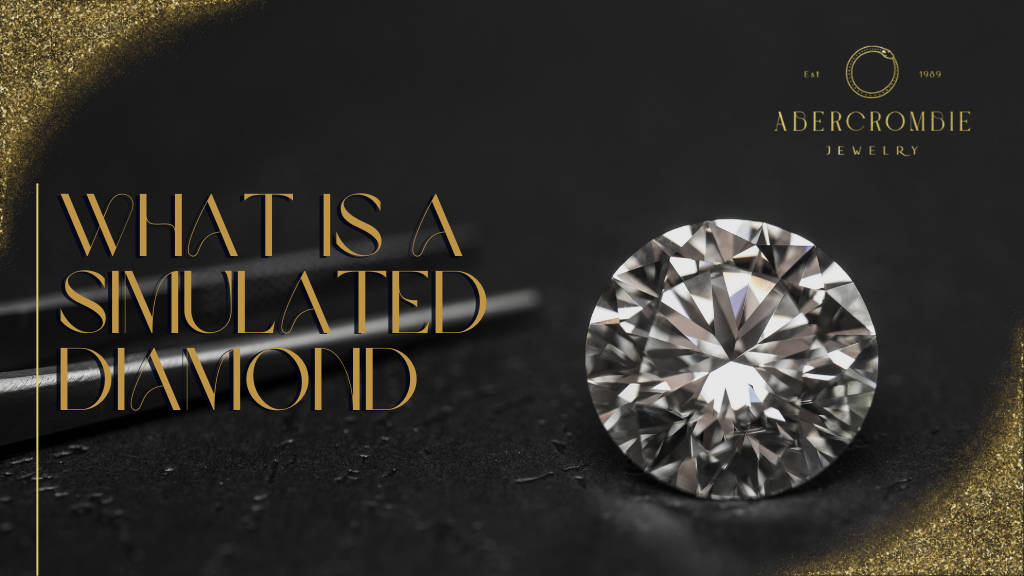- What Constitutes a Natural Diamond?
- Breaking Down Diamond Simulants
- Is a Diamond Simulant the Same as Lab Created Diamonds?
- Are There Merits to Going for a Diamond Imitation Instead of Natural Diamonds?
- Notable Downsides of Diamond Simulants
- What Are Some Popular Diamond Simulants and Naturally Occurring Alternatives?
- Wrapping Things Up
- Frequently Asked Questions
Diamonds are precious and make great centerpieces for collectibles or jewelry. For example, it’s widespread for a classic engagement ring to be graced by a real diamond.
Be that as it may, alternatives such as synthetic diamonds and diamond simulants continue to grow in popularity, and it turns out people are pretty intrigued by them.
Simulated diamonds, in particular, are pretty interesting, considering the different variants you can choose. Here’s a quick breakdown of what is nothing short of a phenomenon in the jewelry industry.
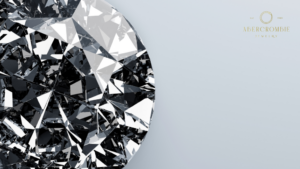
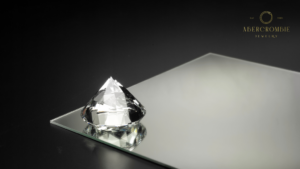


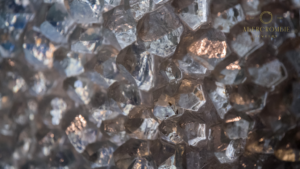
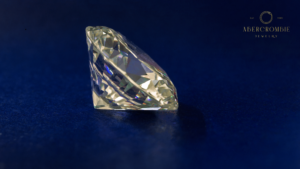
What Constitutes a Natural Diamond?
Natural mined diamonds are crystals created from pure carbon. These will be formed from the intense pressure and heat below the earth’s outer layer, known as the crust. This formation method leads to diamonds being one of the toughest natural minerals on the planet.
That kind of durability is one of the reasons people flock to natural gemstone for purposes such as engagement rings since the idea is to have it last a lifetime or come as close as possible to doing so.
Breaking Down Diamond Simulants
In the jewelry world, a simulant is any material that can be used as a substitute for another, though the structure and composition will be different.
By this definition, you can surmise that simulated diamonds are stones created to resemble natural diamonds, but their structure is different. Of course, they will lack some of the pros of diamonds, such as the value or the durability, but they come in at a lower price point.
This is probably a good time to point out that there are natural gemstones that happen to look like diamonds. While they are diamond alternatives, they’re not technically diamond simulants since there is no man-made effort involved in getting them to resemble diamonds.
Is a Diamond Simulant the Same as Lab Created Diamonds?
Lab-grown diamonds also often find themselves in this conversation since people will naturally make an association with them when talk of simulants comes up. However, these are also not classified in that way.
That’s because the crystal structure resembles the naturally occurring mineral. How is this? Well, tiny carbon seeds from existing diamonds are used in a technologically advanced process to copy the real thing’s formation process essentially.
Well-crafted lab-grown diamonds are almost impossible to differentiate from originals, often requiring specialized equipment before any discernable difference can be identified. However there is a limit to their size, unlike in nature with the world’s largest diamond.
Are There Merits to Going for a Diamond Imitation Instead of Natural Diamonds?
You’ll find a few reasons standing out if you want to understand why simulated diamonds may be preferred in any context over the real thing.
First, there is the moral part of the equation. Many people refuse to buy diamonds because mining them is seen as unethical. There are poor working conditions, child labor, and human rights violations that are a part of the current mining industry. A diamond simulant is desirable as it frees concerned people from worrying about anyone being harmed as they are being sourced.
Next, there is the price. There’s no going around the fact that real diamonds are precious, which means that buying them or any valuables that contain them will attract a hefty price tag. Diamond simulants are much cheaper. If you decide to go the simulant route, you can expect to pay as much as 80% less than a real diamond.
The environmentally friendly element of simulated diamonds is also desirable. While beneficial to those who will end up with the precious stones, the diamond industry is destructive to wildlife, habitats, and landscape in locations such as Canada, Russia, Australia, and Africa. It may surprise you to see Canada here, but even those ethically mined diamonds pose trouble for the environment.
Notable Downsides of Diamond Simulants
Many people are highly concerned with perception, and these people may not be too keen on a diamond simulant since they are not seen with the same kind of prestige that their natural diamond counterparts are.
Most of the downsides tend to be specific to whichever diamond simulant you may opt for. Take cubic zirconia, for example. Thanks to its composition, while a real diamond is likely to have its integrity preserved for years, you’ll find that the simulant is way more likely to be scratched or otherwise defaced.
Next Read: Full Guide on the Best Place to Sell Engagement Ring (2023)
What Are Some Popular Diamond Simulants and Naturally Occurring Alternatives?
Cubic Zirconia
It’s no surprise that cubic zirconia leads the charge here. When light hits it, you get an effect that can be likened to that of a disco ball. D-rated diamonds, which are used in costume jewelry, are the inspiration for cubic zirconia. Note that the simulant is one of the softer ones on the market, ranking at 8.5 on the Mohs scale, which is used to ascertain hardness.
White Sapphire
As you’d expect, this one is a naturally occurring substitute, meaning it’s not exactly a stimulant. Depending on the piece you find, it can be colorless or white. If you find diamonds desirable because of the way they sparkle, then white sapphire may not catch your eye since that kind of brilliance is not present here.
Furthermore, over time, you’ll often find it taking on more of a cloudy or milky appearance. It does have a rating of 9 on the Mohs scale, though, making it pretty durable. For reference, diamonds have a rating of 10 on this scale.
Moissanite
Moisannite is quite a lot more sparkly than natural diamonds, making it attractive to those drawn to that kind of effect. It was initially believed to be the real thing, primarily because of its hardness, which gives it a 9.5 Mohs scale rating.
If you want something that can survive day-to-day wear, it’s hard to go wrong with moissanite in your corner.
Nexus Diamond
This is another simulant known for the way it famously sparkles. They have a clear color, and the way they are cut is deliberately done to enhance their brilliance factor.
It’s pretty durable, meaning it can withstand a respectable level of wear and tear and even be used to cut glass. While it does beat other simulants in durability, you should know that it’s also quite a bit heavier than its counterparts.
Wrapping Things Up
Diamond simulants are popular for many reasons: price, moral concerns, and ethical worries. Just remember that this category doesn’t include naturally occurring substitutes or synthetic diamonds, which are lab grown.

